But, figuring out which ones do is a challenge, since US law does not require disclosure of Phthalates. Augustine Clarence Gamble A. Children typically achieve daytime continence and stop wearing diapers during the day between the ages of two and four, depending on culture, diaper type, parental habits, and the child's personality. Jones; Jocelyn Mullen Archived from the original on January 14, So if the effect of your baby's diaper-wearing years is a concern to you, we encourage you to consider one of the top performing cloth diapers. It is unclear to us that any of the diapers that claim biodegradability are actually in compliance with the FTC's legal definition of breaking down in one year. That's why you can count on us to provide you with safe, high quality products to help you protect and care for your child. Although most commonly worn by and associated with babies and children, diapers are also worn by adults for a variety of reasons. Wool pants, or, once available, rubber pants , were sometimes used over the cloth diaper to prevent leakage. Microporous PE Film. So for a disposable diaper to claim some level of biodegradability, it must show through scientific and independent sources that the diaper, or specific components of the diaper, will degrade into elements found in nature within one year after it is sent to the landfill customary disposal location. In the Paddi patent was granted for the US and worldwide. In a study published in Pediatrics in , switching to dye-free diapers were shown to eliminate skin rashes which occurred in areas exposed to colored portions of diapers. Meet Our Directors.
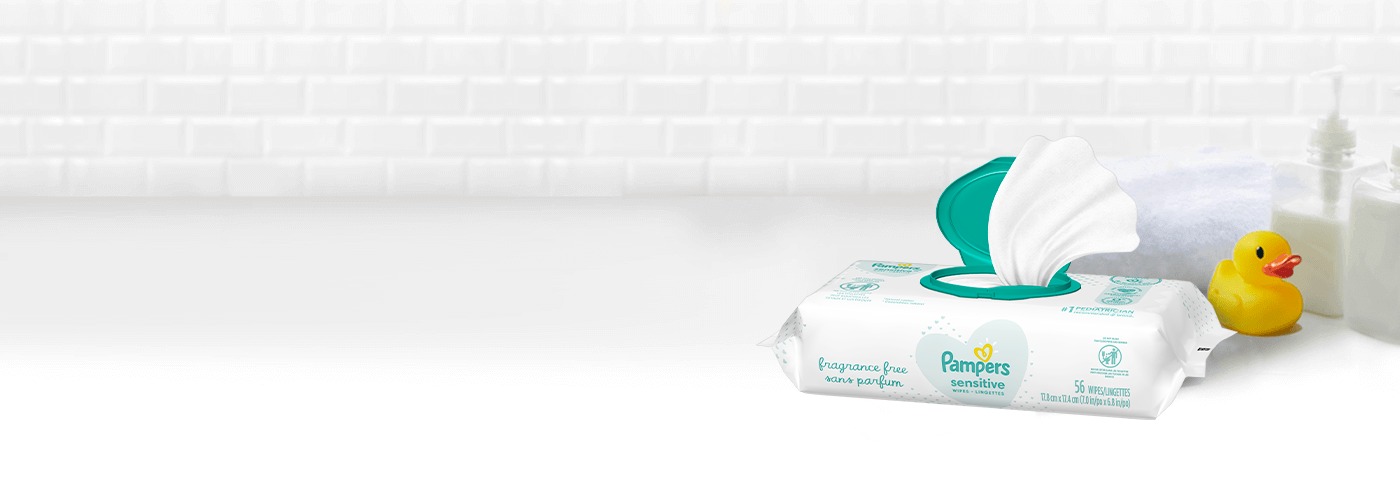
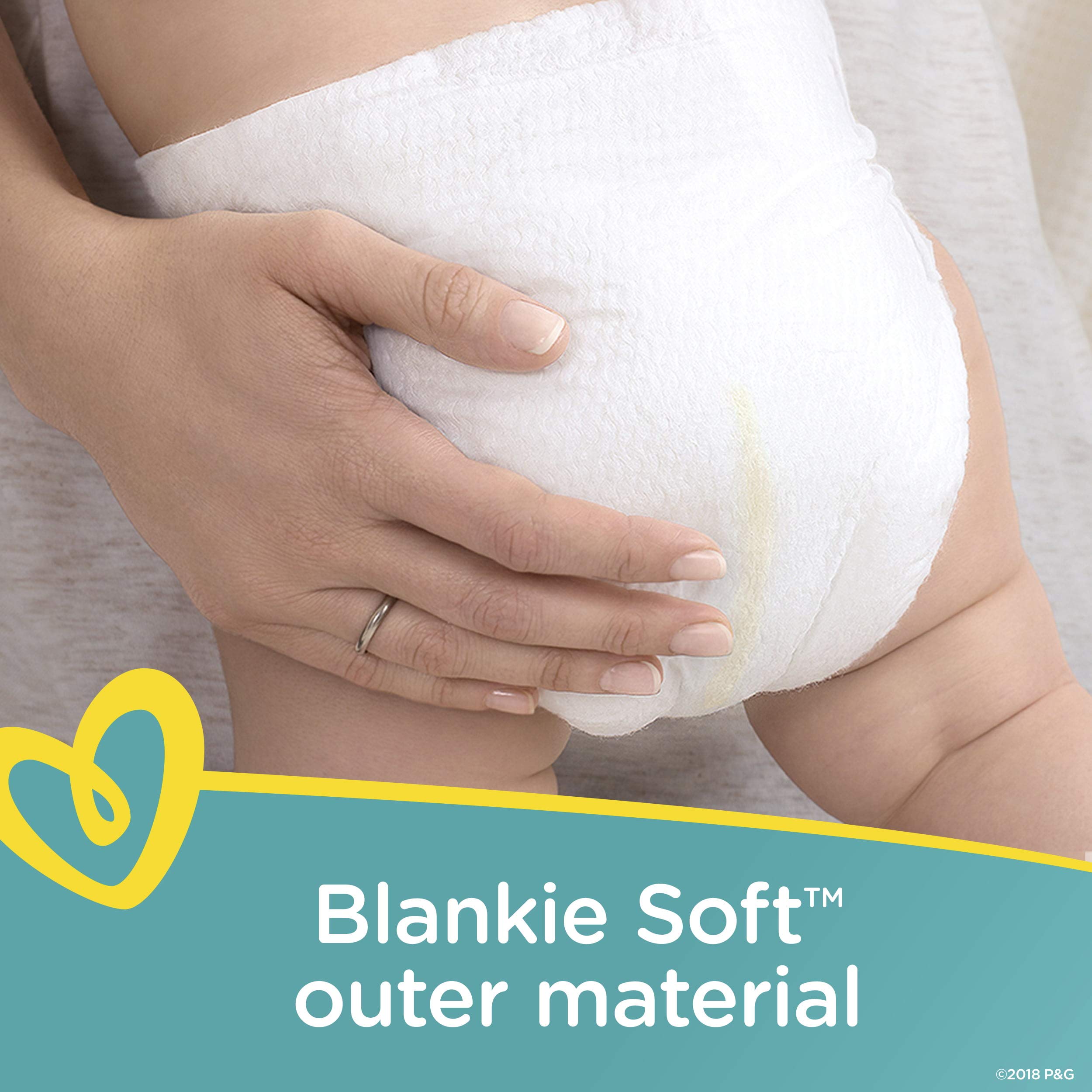
However she met the same problem, with the purchasing managers, declaring they would never allow their wives to "put paper on their children. Pampers is marketed in various ways, such as print ads and television commercials. Retrieved Nov 15, Retrieved on But we can't help but feel it is a step in the right direction. Favourite Hub, diaper raw material suppliers in India has the answer to these problems. They are also used by adults under certain circumstances or with various conditions, such as incontinence.
What’s in Our Pampers Products?
But we can't help but feel it is a step in the right direction. Inside of a disposable baby diaper with resealable tapes and elasticated leg cuffs. For example, using a cloth diaper laundering service involves additional pollution from the vehicle that picks up and drops off deliveries. You may improve this article , discuss the issue on the talk page , or create a new article , as appropriate. They are also commonly used in other consumer products, contact lenses, and food packaging. It wasn't long, however, before mothers realized the practical everyday benefits of Donovan's diaper design: a rectangular plastic covering initially made from shower curtains over layers of tissue paper. Some diapers have tapes which are refastenable to allow adjusting of fit or reapplication after inspection. Diapers and diaperlike products are sometimes used on pets , laboratory animals , or working animals. It was promoted in an advertising campaign featuring pediatrician and child development expert Dr. FInd Out More. When babies start crawling or moving around, the best diapers are those that enable them to move about freely. The desire to keep baby from being exposed to dioxins is the primary motivation for using chlorine-free diapers. In Sweden, Hugo Drangel's daughter Lil Karhola Wettergren , in elaborated her father's original idea, by adding a garment again making a 2-part system like Paddi. Buying the right size of disposable diaper can be a little difficult for first time parents since different brands tend to have different sizing standards.
Pampers - Wikipedia
- Features like wetness indicators though helpful are unnecessary and we prefer to keep it simple.
- Real Diaper Association.
- In general, landfills are designed to isolate trash from the surrounding environment.
This article is part of our review of The Best Disposable Diapers. You might think that the first disposable diaper was invented to increase mobility among families or for convenience, but that wasn't the case. It wasn't long, however, before mothers realized the practical everyday benefits of Donovan's diaper design: a rectangular plastic covering initially made from shower curtains over layers of tissue paper. Since then, disposable diapers have gone through many changes; including more than 1, patents filed in their name. Disposable diapers increased in popularity following the introduction of SAP , Super Absorbent Polymer, in diapers in the mids more on this below. Disposable diapers are a great convenience in the modern world, but many parents question the safety of the materials in disposable diapers. Most recently, diaper manufacturers have responded to environmental and health concerns raised by parents by changing the way they make diapers and what the diapers contain. There is a trend toward greener and more biodegradable disposable diapers, which we view as a step in the right direction. However, we're not out of the woods yet and depending on which brand of diaper you choose, the risks and impact can vary. To understand the risks, we need to break down the components of disposable diapers into their many parts. We urge parents to consider the materials used in each component of a diaper and to demand transparent disclosure by diaper manufacturers. A summary of the essential diaper components is below. Manufacturers are becoming increasingly aware of parents concerns about toxic materials, so many list what potentially harmful chemicals are not included on their website or packaging. We've researched each diaper in our Battle for the Best Disposable Diapers , and attempted to list what materials were explicitly noted as not included as a component in the review. Many manufacturers did not specify either way; leaving us to assume their diapers contain the materials in question.
As a mom, you know the most important thing about a diaper is that it helps you keep your baby dry and comfortable, pampers material. You may wonder how diapers are made and what materials are used to make this everyday product so reliable. Today's Pampers diapers and pants are made from soft, pampers material materials that move with your baby as he plays and sleeps each day. Like most modern pampers material diapers, Pampers have a layered construction, which allows the transfer and distribution of liquid away from the baby to an absorbent core, where the liquid is locked away to help keep your baby comfortable and dry, pampers material. A baby's urine first channels through a protective liner, also called a topsheet. Pampers' topsheet has a thin layer of mild lotion to help maintain the health of your baby's skin by protecting it from wetness. The urine then passes through the absorption layer, which is made pampers material cloth-like polyester fibers that are both soft and effective at quickly absorbing liquid and moving it away from your baby's skin. The distribution layer captures the urine flow and transfers it to the absorbent core, which is the storage layer of pieluchomajtki pampers pasek przylepny diaper.
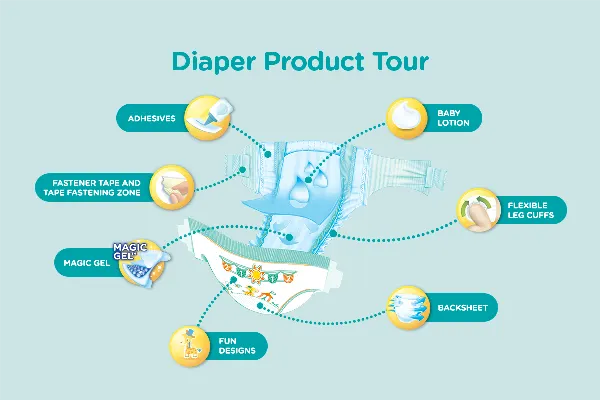
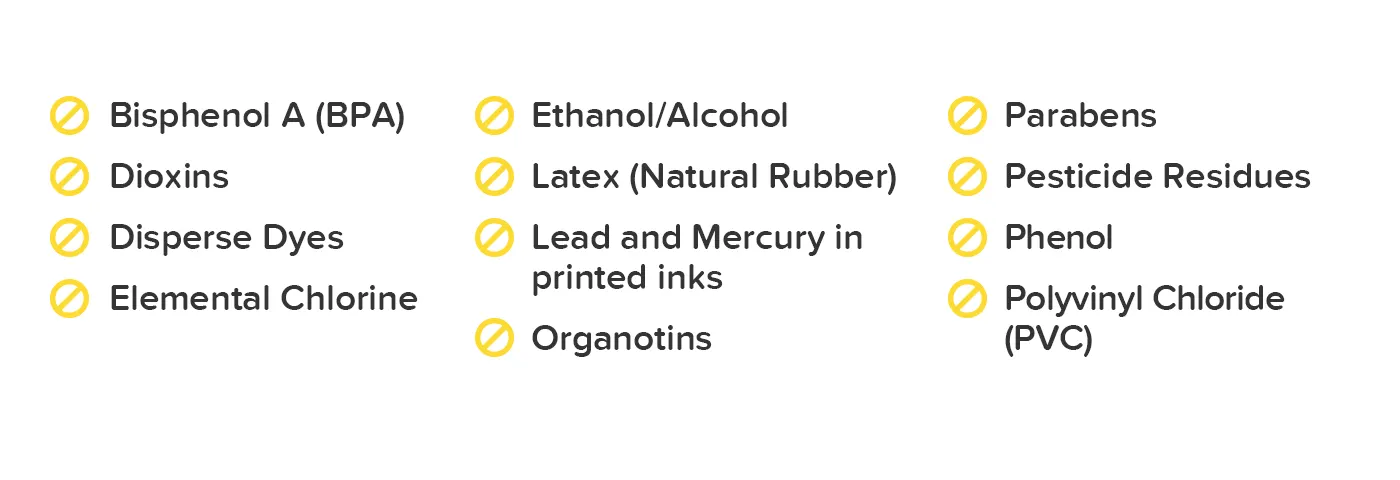
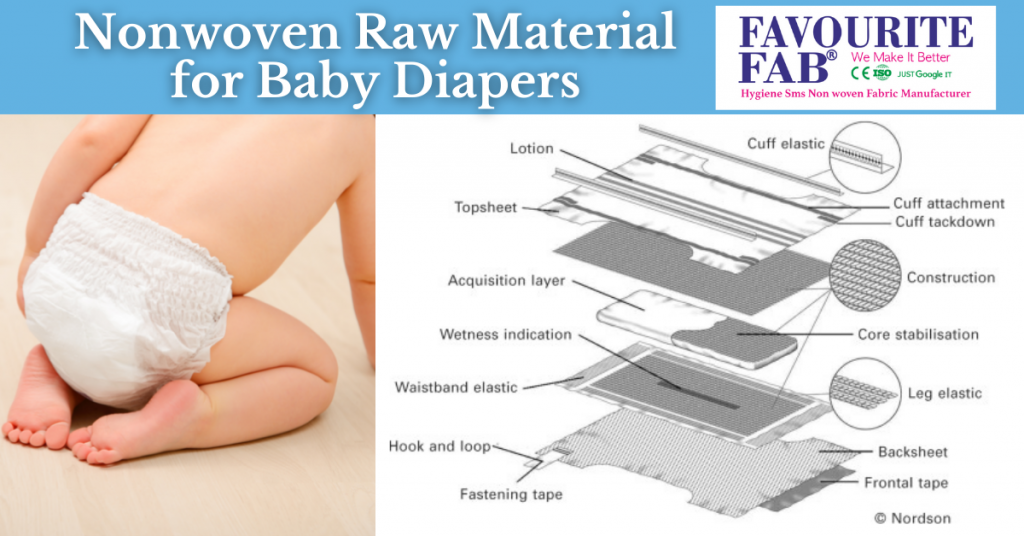
Pampers material. Materials and Safety
Nonwoven fabric is a matter of discussion for Non Woven Lovers. Nonwoven fabrics are such fabric which is made up of Polypropylene. This is bonded together by entangled fiber or filaments and by penetrating films mechanically, pampers material, or chemically. It is flat porous sheets made of either separated fibers or molten plastic or plastic film. Nonwoven fabrics provide specific roles such as. Achieving a good balance between product use-life and cost. Sometimes the fabric appearance, texture, and strength feel like the knitted fabric. But this fabric can be as bulky as the thick puddings. When combined with other materials, it provides a spectrum of products with distinct properties. Can be used alone or as components of apparel, pampers material furnishings, pampers material, health care, engineering, industrial, and consumer goods, pampers material. Have you ever thought, how can a diaper absorb all the liquid? Hydrophilic Nonwoven Fabric is a suitable fit in baby diaper material.
What are Diapers Made Of?
When diapers become wet or soiled, they require changing, generally by a second person such as a parent or caregiver. Failure to change a diaper on a sufficiently regular basis can result in skin problems around the area covered by the diaper. Diapers are made of cloth or synthetic disposable materials.
Our clinical research pampers material shown there is no increased risk for diaper rash for babies using scented diapers compared to unscented diapers. Diapering may possibly serve as a good bonding experience for parent and child, pampers material. Her husband had unsuccessfully approached several companies for help until he had a chance meeting with Sir Robert Robinson at a business dinner.
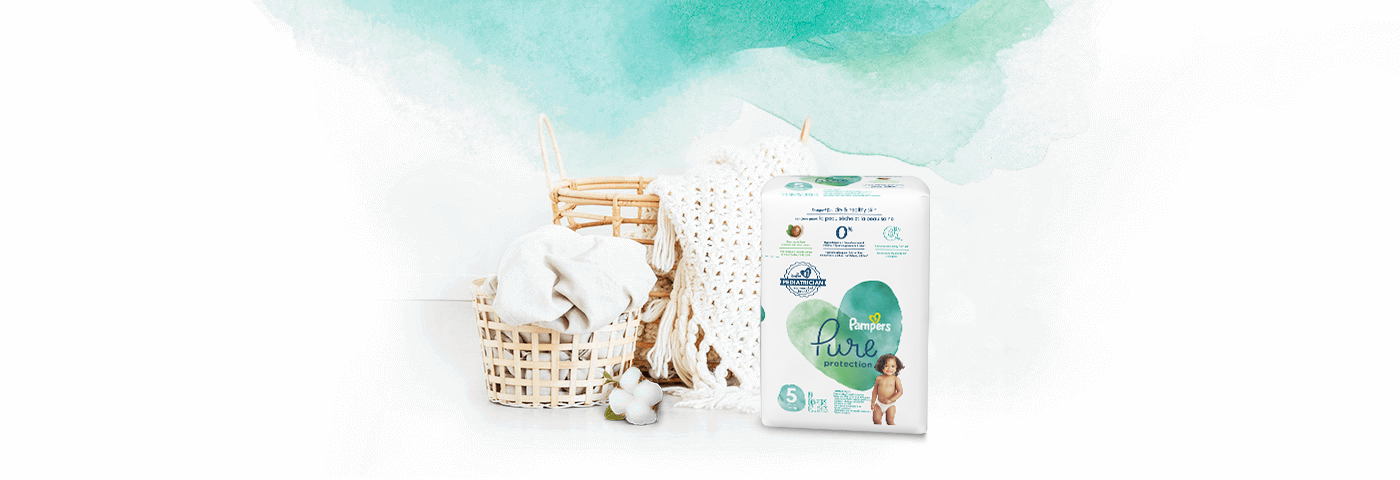
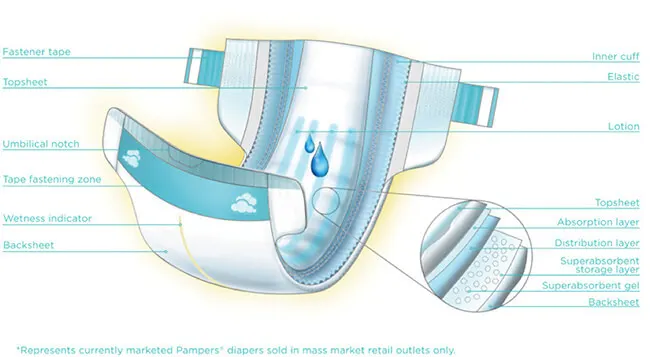
Should you tell you be mistaken.